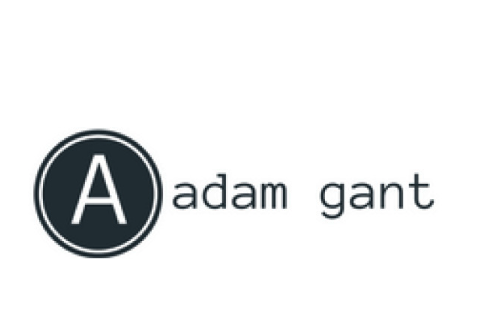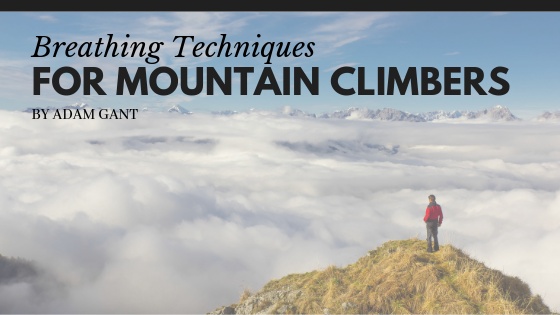Training for mountain climbing often begins months in advance of the climb. Athletes must be in top physical shape by performing hours of aerobic and anaerobic exercises each week. Along with improving cardiovascular and musculoskeletal strength and endurance, mountain climbers must also implement specific breathing techniques.
Belly Breathing
The diaphragm contains muscles that inflate the lungs in order to introduce oxygen and eliminate carbon dioxide. These muscles are trainable much like musculoskeletal muscles. Training the muscles to belly breathe is one of the techniques used to enhance physical performance. The reasoning behind this technique is that the lower lung lobes in this region of the body have a greater volume capacity in which to hold oxygen. On the other hand, when breathing using the chest muscles, less oxygen enters the lungs and less carbon dioxide is removed. When carbon dioxide remains, the gas dissolves in the blood, which raises the pH level. Athletes then experience muscle fatigue faster. Thus, belly breathing is a more efficient means of alleviating the gas.
Pressure Breathing
Novice climbers are often taught pressure breathing. The technique is a variation of belly breathing and is commonly used by high altitude climbers. Climbers initially inhale as completely as possible. However, they purse their lips and forcefully exhale. The technique enhances gas exchange in the lungs by increasing the internal pressure. The breathing method helps overcome the effects caused by the lower atmospheric pressure that climbers encounter in high altitudes. Using the technique involves training the lower muscles to belly breathe.
Relaxed Breathing
Relaxed breathing implements a variety of techniques. The climber allows their arms and hands to relax by their sides. The facial muscles must also be relaxed. The lips are pursed before inhaling through the mouth. Hold the breath for a second before exhaling through the mouth. Climbers are taught to feel and hear the air leaving the lungs while decompressing their entire body. This breathing technique is repeated three to four times. Each time, the breath needs to alleviate more stress from the body. The method enables the climber to relax completely and clear their thought processes. With continued practice, climbers are able to reach a relaxed state after the first breath. Relaxed breathing prevents climbers from tensing and suffering exhaustion.

